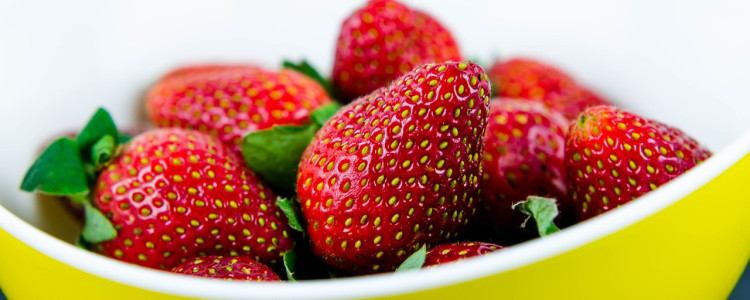Creating a curriculum on strawberry sustainability requires a multi-faceted approach that combines environmental science, agriculture, and community awareness. Here are some steps to guide the development process.
Identify Learning Objectives
Begin by defining clear learning objectives. Consider what knowledge and skills students should acquire by the end of the course. Possible objectives include:
- Understanding the environmental impact of strawberry farming.
- Learning sustainable farming techniques.
- Recognizing the importance of biodiversity in agriculture.
Research and Content Development
Gather data on current strawberry farming practices, sustainability challenges, and successful case studies. Collaborate with agricultural experts, environmentalists, and local farmers to enrich the curriculum with real-world insights.
Teaching Methods
Utilize diverse teaching methods such as:
- Field trips to local strawberry farms.
- Hands-on workshops on sustainable farming techniques.
- Guest lectures from industry experts.
Assessment and Feedback
Include assessments that encourage active participation and critical thinking. Seek feedback from students to continuously improve the curriculum and ensure its relevance.








